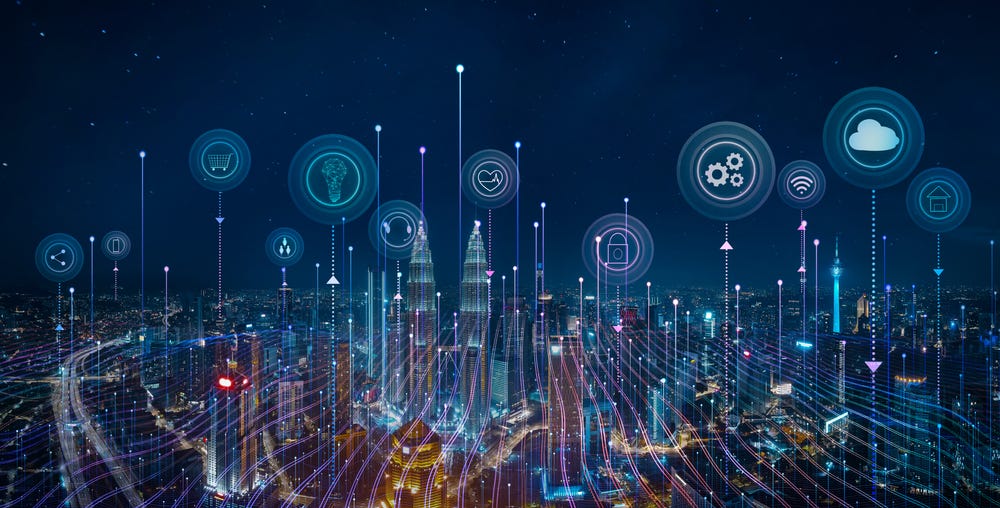Welcome to the exciting world of 5G technology! This groundbreaking advancement is ushering in a new era of connectivity and innovation, transforming the way we live, work, and communicate. With lightning-fast speeds, ultra-low latency, and the ability to connect billions of devices, 5G is revolutionizing industries and creating endless possibilities for the future. Get ready to experience the power of 5G and witness the incredible impact it will have on our interconnected world. Have you ever wondered what the buzz around 5G technology is all about? How is it different from 4G, and how will it shape the future of connectivity and innovation? In this article, we will explore the world of 5G technology and its potential to revolutionize the way we live, work, and communicate. So, buckle up and get ready to dive into the exciting realm of 5G!
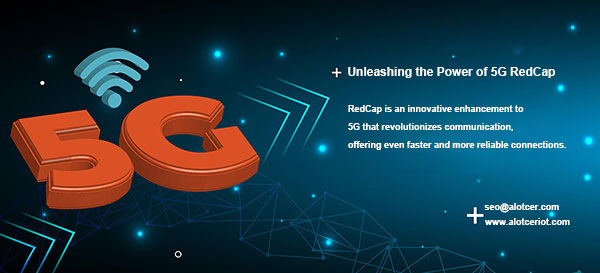
Understanding 5G Technology
Let’s start by understanding what 5G technology is all about. Simply put, 5G is the fifth generation of wireless technology that will enable faster speeds, lower latency, and more reliable connections than ever before. It promises to deliver data rates up to 100 times faster than 4G LTE networks, ushering in a new era of connectivity and innovation.
The Difference Between 4G and 5G
You may be wondering, what sets 5G apart from its predecessor, 4G? The main differences lie in speed, latency, and capacity. While 4G networks typically offer speeds of up to 100 Mbps, 5G promises speeds in the range of 1 to 10 Gbps, making it exponentially faster. Additionally, 5G technology boasts ultra-low latency, which means shorter response times when you send a request or load a webpage. Lastly, 5G networks can handle a much larger number of connected devices per square kilometer compared to 4G, making it ideal for the Internet of Things (IoT) applications.
Benefits of 5G Technology
Now that you have a basic understanding of what 5G technology is and how it differs from 4G, let’s dive into the benefits it offers.
Faster Speeds for Seamless Connectivity
With 5G technology, you can enjoy lightning-fast download and upload speeds, making activities like streaming high-definition videos, online gaming, and video conferencing smoother and more enjoyable. Say goodbye to buffering and lagging – 5G has got you covered!
Enhanced Mobile Broadband
5G technology will transform the way we use our smartphones and tablets. With its high speeds and low latency, you can download apps, movies, and music in seconds, stream high-quality content on the go, and experience virtual reality (VR) and augmented reality (AR) like never before. Get ready to unlock a world of possibilities at your fingertips!
Improved IoT Connectivity
One of the most exciting aspects of 5G technology is its potential to power the Internet of Things (IoT) ecosystem. With its ability to support a vast number of connected devices simultaneously, 5G will enable seamless communication between smart devices, sensors, and machines. From smart homes and wearables to autonomous vehicles and smart cities, the possibilities are endless with 5G.
Low Latency for Real-Time Applications
5G technology’s ultra-low latency opens up a world of opportunities for real-time applications, such as autonomous driving, remote surgery, and live streaming. With latency reduced to milliseconds, you can expect instantaneous responses and smooth interactions across various industries and sectors.
Enhanced Security and Reliability
5G networks offer enhanced security features to protect data transmission and ensure the privacy of users. With built-in encryption and authentication mechanisms, 5G technology provides a secure and reliable platform for sensitive applications and services. Rest assured that your data is in safe hands with 5G.
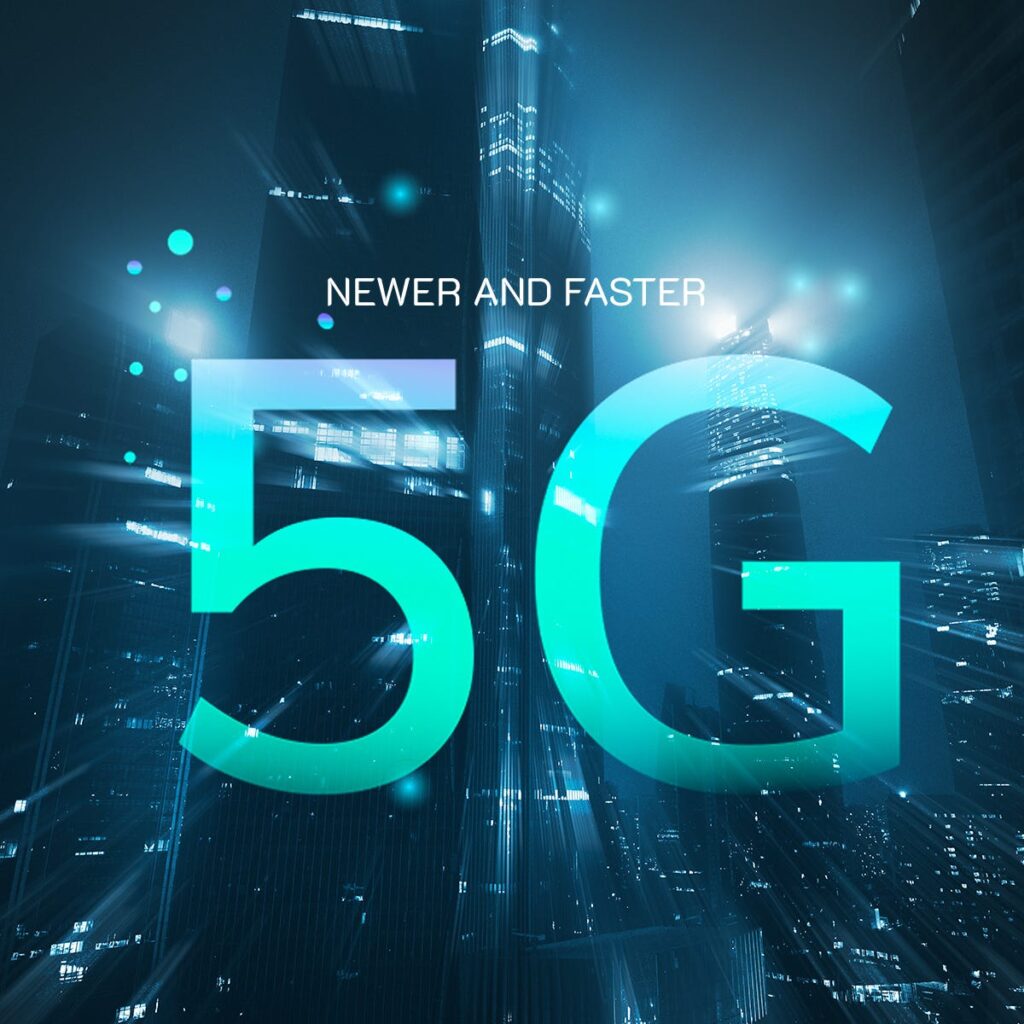
Applications of 5G Technology
Now that you have an overview of the benefits of 5G technology, let’s explore some of the fascinating applications it can enable across different industries.
Healthcare
In the healthcare sector, 5G technology holds the promise of revolutionizing patient care, diagnostic procedures, and treatment methods. With low latency and high reliability, healthcare professionals can perform remote surgeries, monitor patients in real time, and access medical records seamlessly. 5G-powered wearables and IoT devices can track vital signs, detect anomalies, and alert healthcare providers of any abnormalities, leading to improved patient outcomes and personalized healthcare solutions.
Manufacturing
For the manufacturing industry, 5G technology offers the potential to enhance productivity, efficiency, and safety on the factory floor. With its high-speed connectivity and low latency, manufacturers can deploy smart sensors, robots, and machines that communicate and collaborate in real time. This enables predictive maintenance, remote monitoring, and automation of processes, resulting in reduced downtime, optimized production cycles, and streamlined operations. 5G-powered industrial IoT solutions pave the way for smart factories and Industry 4.0, where data-driven insights drive decision-making and innovation.
Transportation
The transportation sector stands to benefit significantly from 5G technology’s capabilities in areas such as autonomous vehicles, traffic management, and intelligent transportation systems. With its ultra-low latency, 5G enables vehicles to communicate with each other and with roadside infrastructure in real time, improving road safety, reducing congestion, and enhancing overall efficiency. Autonomous vehicles powered by 5G can navigate complex environments, make split-second decisions, and ensure a smooth and safe commute for passengers. Additionally, 5G enhances connectivity in public transportation systems, enabling passengers to access real-time updates, schedules, and services seamlessly.
Education
In the field of education, 5G technology offers exciting opportunities for interactive learning, remote collaboration, and personalized teaching methods. With high-speed internet access and low latency, students and educators can engage in virtual classrooms, participate in live demonstrations, and access educational resources from anywhere in the world. 5G-powered augmented reality (AR) and virtual reality (VR) applications enhance the learning experience, making complex subjects more accessible and engaging. Remote and underserved communities can benefit from 5G-enabled online education platforms, bridging the digital divide and expanding access to quality education.
Entertainment
5G technology is set to revolutionize the entertainment industry, offering immersive experiences, on-demand content, and interactive gaming like never before. With its blazing-fast speeds and low latency, streaming services can deliver high-definition video, virtual concerts, and live events in real time without any buffering or interruptions. Gamers can enjoy cloud gaming, multiplayer experiences, and augmented reality games that push the boundaries of creativity and innovation. 5G unlocks a new era of entertainment possibilities, where content creators can engage with audiences in innovative ways and explore new storytelling techniques.
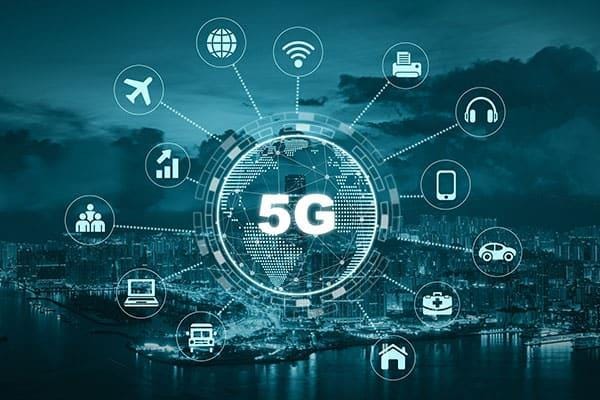
Challenges and Opportunities
Despite the numerous benefits and applications of 5G technology, there are also challenges that need to be addressed to unleash its full potential.
Infrastructure and Deployment
One of the primary challenges of 5G technology is the need for significant infrastructure upgrades and deployment to ensure widespread coverage and connectivity. Building out the necessary network of small cells, base stations, and antennas requires substantial investments from telecommunication companies, governments, and other stakeholders. Additionally, regulatory and zoning issues, as well as concerns about environmental impact and aesthetics, may delay or hinder the rollout of 5G networks in certain regions.
Spectrum Allocation and Interference
Another challenge facing 5G technology is the allocation of spectrum and potential interference from existing wireless technologies. As 5G networks operate on higher frequency bands with shorter wavelengths, they are more susceptible to signal attenuation and interference from obstacles such as buildings, trees, and other radio waves. Coordinating spectrum usage and managing interference issues are critical to ensuring the reliability and performance of 5G networks.
Security and Privacy Concerns
With the proliferation of connected devices, sensors, and data transmitted over 5G networks, there are growing concerns about cybersecurity threats, data breaches, and privacy infringements. Ensuring the integrity and confidentiality of data, implementing robust encryption protocols, and safeguarding network infrastructure against cyberattacks are paramount to safeguarding users and preserving trust in 5G technology. Collaboration between industry stakeholders, regulators, and cybersecurity experts is key to addressing security and privacy challenges in the 5G era.
Digital Inclusion and Accessibility
As 5G technology advances and transforms various industries and sectors, there is a risk of exacerbating digital inequalities and widening the digital divide. Ensuring that underserved communities, rural areas, and vulnerable populations have access to affordable and reliable 5G connectivity is essential to fostering inclusive growth and equitable opportunities. Bridging the digital gap through targeted policies, incentives, and partnerships can create a more connected and empowered society in the 5G age.
Regulatory and Ethical Considerations
The rapid deployment and adoption of 5G technology raise important regulatory and ethical considerations that need to be addressed proactively. Issues such as data privacy, information security, network neutrality, and environmental impact require clear guidelines, standards, and frameworks to promote responsible deployment and use of 5G networks. Balancing technological innovation with social responsibility is crucial to harnessing the full potential of 5G technology while mitigating potential risks and unintended consequences.
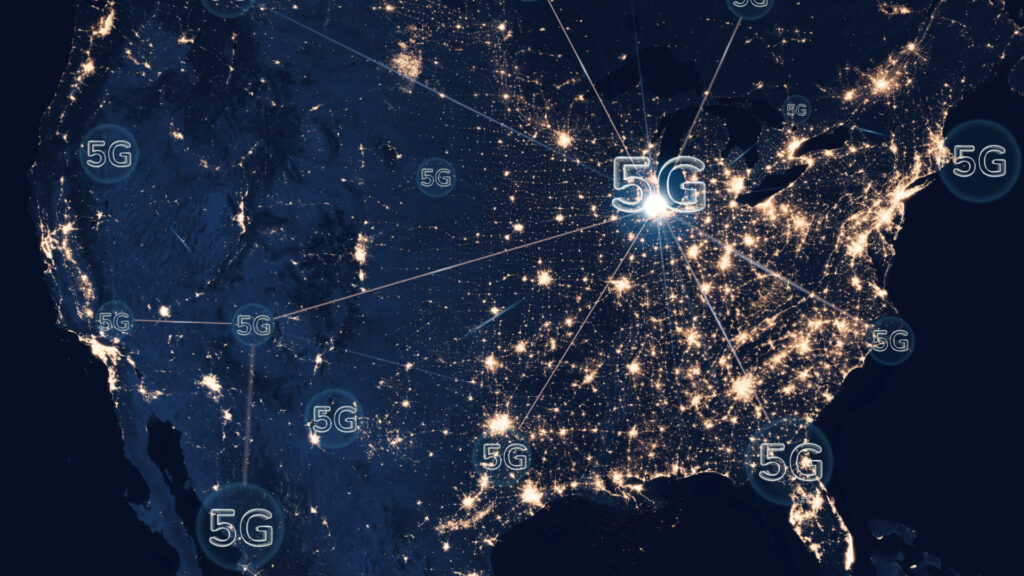
Future Outlook
As 5G technology continues to evolve and expand, it holds the potential to transform every aspect of our lives, from communication and entertainment to healthcare and transportation. The seamless connectivity, blazing-fast speeds, and low latency offered by 5G networks will unlock a new era of innovation, creativity, and collaboration, paving the way for a smarter, more connected world. Embracing the opportunities and addressing the challenges of 5G technology will be key to shaping a future where connectivity knows no bounds and possibilities are limitless.
So, are you ready to embrace the power of 5G technology and unlock a world of infinite possibilities? Get ready to experience a new era of connectivity and innovation that will revolutionize the way we live, work, and play. The future is here – and it’s 5G!
